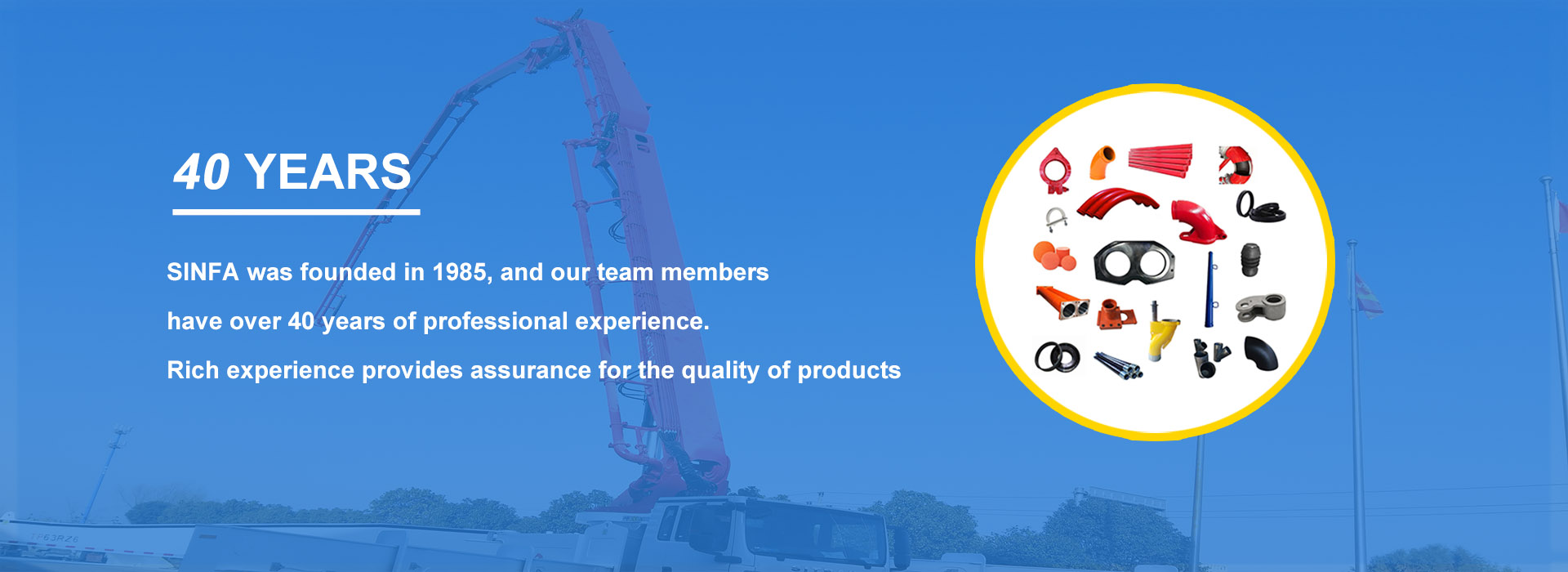What should be noted during the use of mixer accessories
Installation of mixer accessories, double horizontal axis concrete mixer
This type of mixer belongs to a forced mixer. Its main feature is a compact structure. It consists of a transmission system, a mixing tank, a mixer, and a shaft end seal. Mainly suitable for mixing low fluidity dry hard concrete, semi dry hard concrete, lightweight aggregate concrete, and various mortars. The application range of double horizontal axis concrete mixer is relatively narrow, but it is more common in construction engineering. The internal structure of the mixer is tightly integrated, and the mixing tank is equipped with wear-resistant lining plates to prevent wear. The lower part of the mixing drum is equipped with a discharge port for easy unloading. There are two horizontal main mixing shafts in the mixing tank. Each mixing shaft is equipped with a mixing arm, which is equipped with mixing blades. The arrangement between them is usually a discontinuous spiral arrangement, with spiral angles of 45 ° and 60 ° being common. This structure facilitates the mixing of large aggregates and provides better flow space for the mixture in the mixing drum, making it easier to mix thoroughly.
Single horizontal axis concrete mixer
This type of mixer is also a forced mixer. Like the double horizontal axis concrete mixer, the single horizontal axis concrete mixer is also made of aluminum alloy.
The importance of concrete mixer accessories for concrete mixers: Currently, there are more and more types of concrete mixing equipment, and it is important to choose the appropriate concrete mixing equipment. The importance of concrete mixer accessories for concrete mixers and the procurement standards for mixer trucks.
Firstly, the cost-effectiveness of the equipment is crucial as it relates to whether the user can work effectively during use and whether the cost can be returned as soon as possible. It is unwise to pursue the technical performance of equipment, which will increase unnecessary investment. However, simply pursuing low investment and reducing the technical performance of equipment will increase operating costs, which is also unacceptable.
The use of concrete mixer accessories:
With the increasing demand for concrete, forced mixers have emerged. Forced mixers can be divided into vertical shaft and horizontal shaft types. In China, they are almost all mixers.
The self lowering mixer can be traced back to the early 20th century. At the beginning of the 20th century, drum type concrete mixers driven by steam engines began to emerge. In the next 50 years, double cone mixers and split cylindrical mixers with reverse and inclined discharge were successively introduced and developed.
Due to the fact that self dumping concrete mixers are mainly used for mixing plastic concrete, forced mixers have emerged. Since its rise in the early 1950s, forced mixers have experienced rapid development and promotion. What appears is a disc vertical axis forced concrete mixer. This mixer can be divided into two types: turboprop type and planetary type.
After the 1970s, with the application of lightweight aggregates, circular groove horizontal axis forced mixers, also known as horizontal axis mixers, emerged. It is divided into single horizontal axis type and double horizontal axis type, with the characteristics of self falling and forced mixing. It is a new type of mixer developed in the 1970s, which can be divided into single shaft and double shaft types. This mixer has two functions: self lowering and forced mixing. The linear velocity of the mixing blade is smaller than that of the vortex blade, so its wear resistance is also smaller than that of the vortex blade. The single horizontal axis mixer is manufactured in Germany. It has the advantages of compact structure, low power consumption, good wear resistance of blade liner, full load startup, and the ability to mix lightweight concrete.

